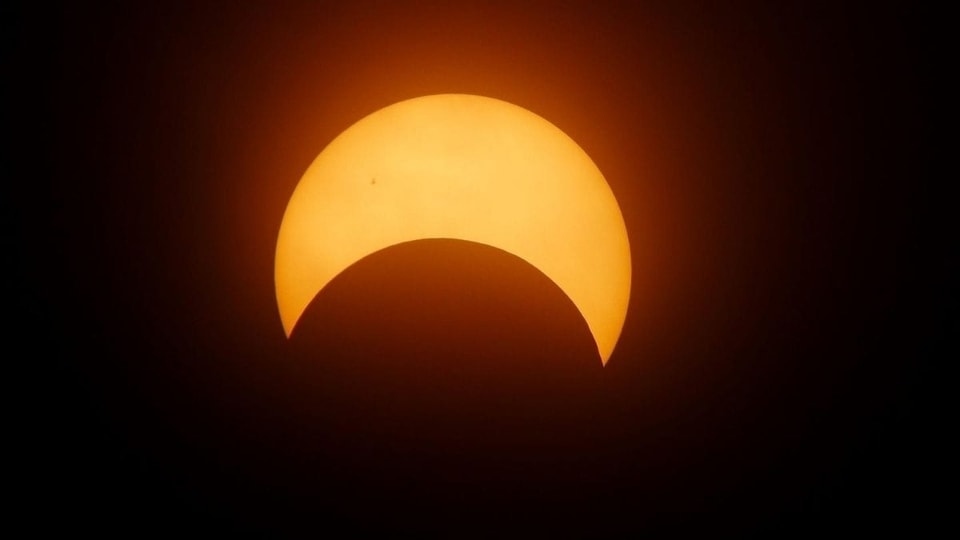Eclipses in 2023: When to see Solar Eclipse and Lunar Eclipse online; know date, details here
The year 2023 will witness two Solar and two Lunar Eclipses. Here is when, where and how you can observe these eclipses.






 View all Images
View all ImagesAn eclipse is a celestial event that changes the appearance of the Sun and Moon and it is something amazing to watch. However, you need to take several precautions to watch the eclipses to avoid any kind of damage to the eyes. The year 2023 is here, and people will be able to see 4 eclipses in total- 2 Solar Eclipse and 2 Lunar Eclipse. These eclipses will be visible in different parts of the world. Know when, where and how you can watch the Surya and Chandra Grahan in 2023.
Solar Eclipse in 2023
The year 2023 will see two Solar Eclipses. One on April 20th, while the other on October 14. According to the information provided by timeanddate.com, a Total Solar Eclipse will happen on April 20th and will be visible in South/East Asia, Australia, Pacific, Indian Ocean, and Antarctica.
On October 14, 2023, an annular solar eclipse will cross North, Central, and South America. It will be visible in parts of the United States, Mexico, and many countries in South and Central America, millions of people in the Western Hemisphere can experience this eclipse, according to NASA.
Lunar Eclipse in 2023
Similar to Solar Eclipse, there will be two Lunar Eclipses this year. According to the information provided by NASA, a Penumbral Lunar Eclipse will take place on May 5, 2023 and a Partial Lunar Eclipse will occur on October 28, 2023. The Penumbral Lunar Eclipse will be visible in Africa, Asia, Australia. While the Partial Lunar Eclipse can be seen by people in North America, much of South America, Europe, Africa, Asia, Australia.
How to watch the Solar and Lunar Eclipse
It is never safe to look directly at the Sun and Moon during eclipses without specialized eye protection designed for viewing the eclipse. Viewing an eclipse with the naked eye can cause permanent damage to the eyes leading to blindness.
Safe technique to observe the solar eclipse is either by using a proper filter like aluminized Mylar, black polymer, welding glass of shade number 14 or by making projection of the Sun's image on a white board by telescope. Similarly, to observe a lunar eclipse, you can use binoculars or a telescope.
How to watch the eclipses live online
Numerous organizations including NASA and individuals around the globe present live streams and videos of the Solar and Lunar Eclipses. An online search will provide multiple options for viewing from your computer screen.
Catch all the Latest Tech News, Mobile News, Laptop News, Gaming news, Wearables News , How To News, also keep up with us on Whatsapp channel,Twitter, Facebook, Google News, and Instagram. For our latest videos, subscribe to our YouTube channel.


























